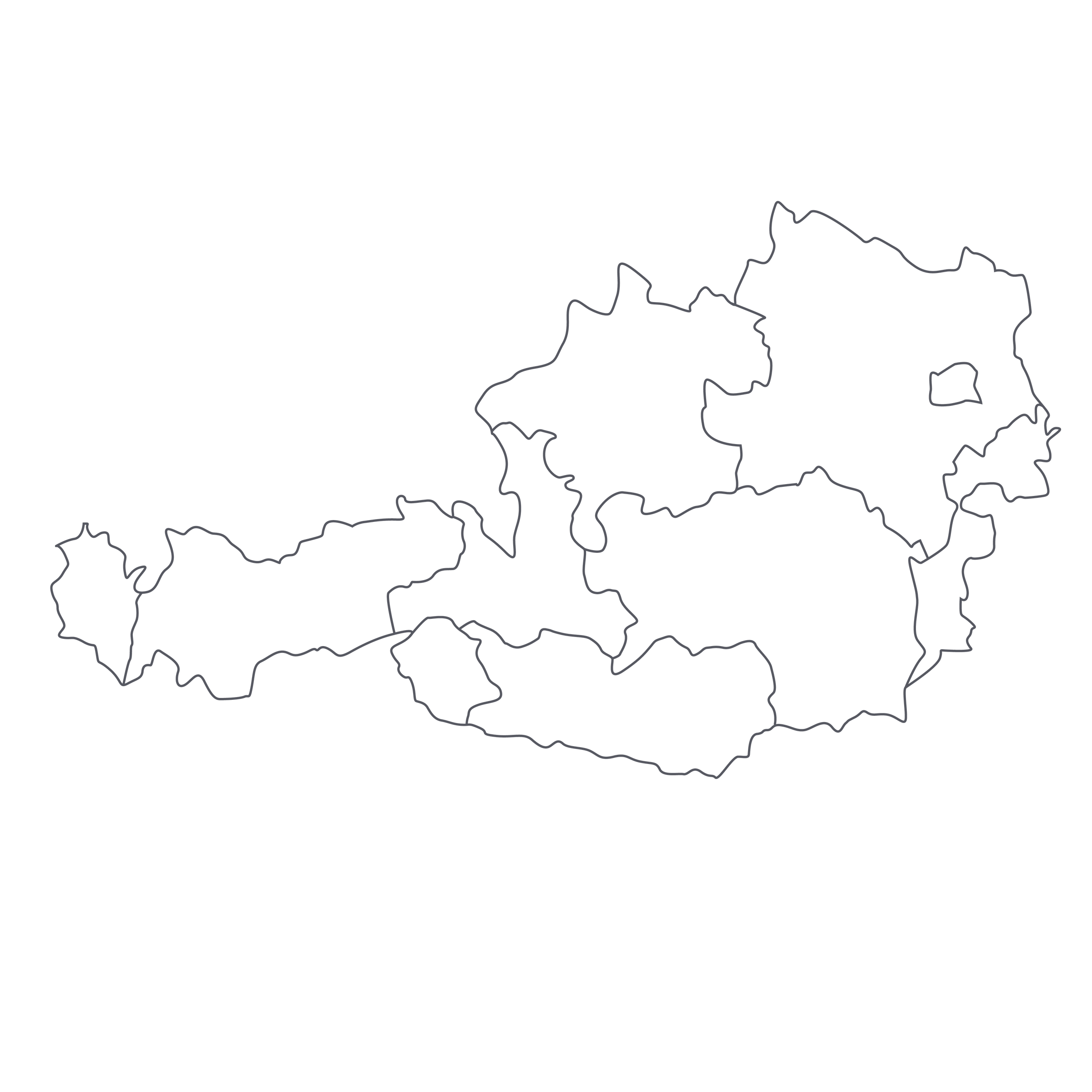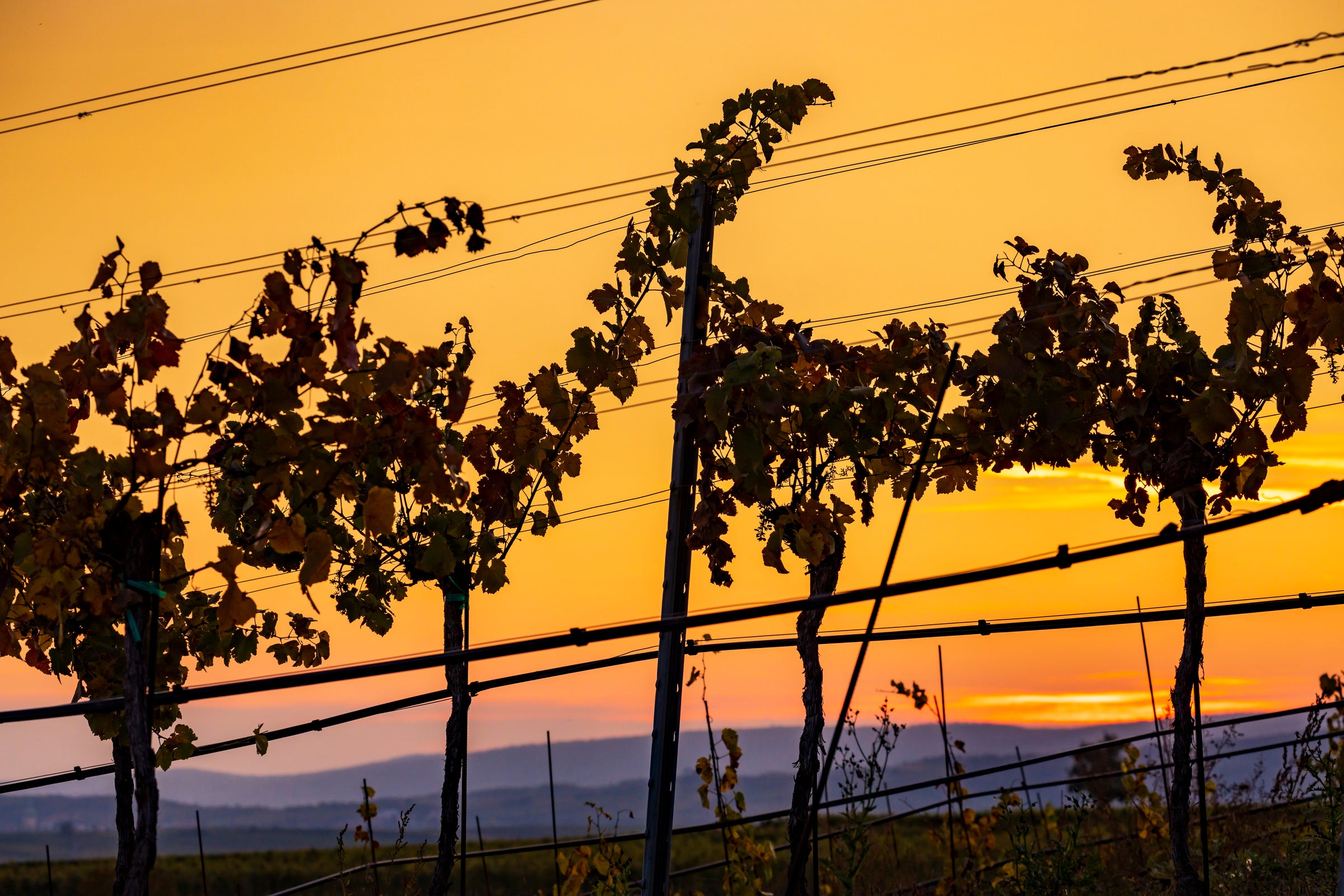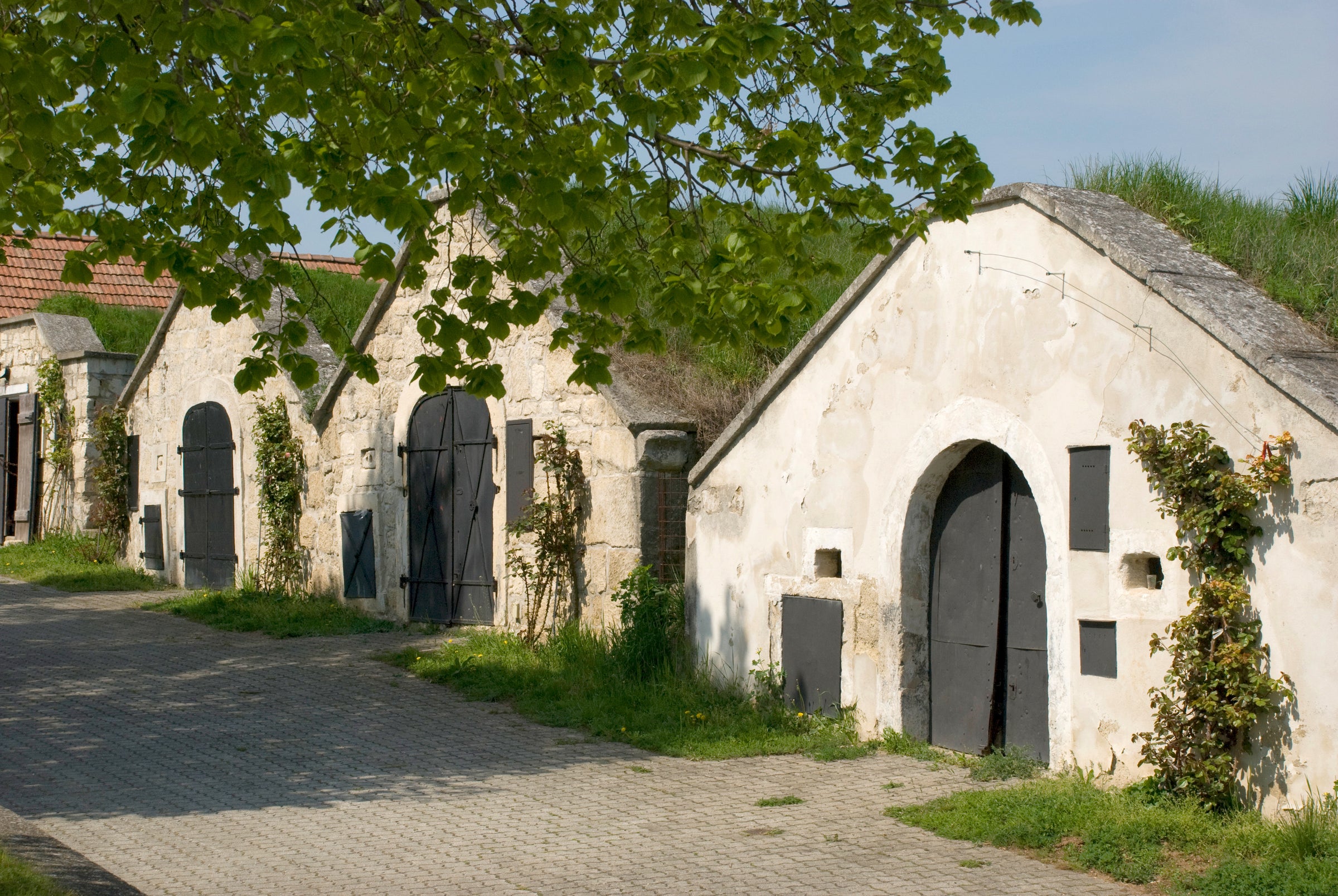A breathtaking landscape of forbiddingly steep, ancient terraces overlooking the Danube River not only landed Austria’s Wachau a UNESCO World Heritage Site designation, but it also breathes life into some of the most deeply soulful white wines in the world.
One of the most historic estates in the appellation, Franz Hirtzberger stands at the pinnacle of Austrian producers. A serious dry Riesling with power and weight, the 2013 Steinterrassen Federspiel hits the sweet spot. While it captures the minerality and purity of leaner examples, it equally delivers the richness and concentration of more opulent styles for a balance that rivals the world’s very best. From the coolest pocket of the Wachau and picked just a few weeks shy of the later harvested Smaragd, this pedigreed golden nectar has ideal freshness matched with perfect ripeness. One of the greatest vintages in the last few decades, this 2013 example is a wine to collect and enjoy today and for years to come.
The historic Hirtzberger estate is nestled between the village of Spitz and the glistening Danube River. The coolest sites in the Wachau, their vineyards enjoy a unique microclimate benefitting from the winds of the Waldviertel highlands coupled with the moderating influence of the Danube, which results in ideal phenolic ripeness as well as bright acidity. The Hirtzbergers have poured their passion into the land here for five-generations and heir historic vineyards, home and winery date to the 13th century, making it one of the oldest estates in the Wachau. Franz Hirtzberger Sr. took the reins from his father in 1983 and today his son, Franz Jr. works alongside him. Believed by many to be my Austrian doppelganger, Franz, Jr. is always generous with his time and energy when I am in town and loves to share as much about the rich complexity of the Wachau’s sacred terroir as I care to learn. Their Steinterrassen Riesling is derived from three unique, terraced vineyards – Setzberg, Hochrain and Singerriedel – which all lie on primary soils. Composed of gneiss (metamorphic, decomposed granite), silicate and rocky brown earth, this terroir reveals more intense minerality than the loess soils found in the lower lying vineyards along the Danube. The family sustainably farms the vineyards with meticulous attention to detail and conducts 4-5 passages through each vine during harvest to ensure every grape on every cluster achieves perfect ripeness. This particular wine is a Federspiel style.
Here in the Wachau there is a classification system that regulates all dry Riesling and Grüner into one of three categories: Steinfeder, Federspiel or Smaragd. This term on the label refers to ripeness level of the grapes at the time of harvest. Steinfeder, translating to “stone feather,” is the lightest style, harvested with the least amount of brix (sugar in the grapes), which translates to a maximum of 11.5% alcohol when bottled. Federspiel, named for the traditional, local art of falconry, is the next ripeness level and enjoys more texture and richness at 11.5% to 12.5% alcohol at bottling. Then there is Smaragd, which translates to “emerald,” and is named for the local, green lizard that surfaces to eat the grapes when the ultimate ripeness level is achieved. Historically, this was when growers knew it was time to pick. The Smaragd level must attain a minimum of 12.5% alcohol, but can reach as high as 15%. Although this wine is a Federspiel, it is actually closer in style to a typical Smaragd with a weight, viscosity and power that gives many examples of Smaragd a serious run for their money. The harvest takes place only 2-3 weeks prior to the Smaragd harvest. Once the grapes reach the cellar, the wine is fermented with only indigenous yeasts in stainless steel to maintain maximum freshness and mineral verve. The wine is then aged in large, neutral foudres. They eschew stirring of the lees and limit the amount of time the wine spends on its lees to reveal the varietal purity and unique mineral footprint of their sacred terroir.
The 2013 Steinterrassen Federspiel displays a deep golden yellow core with green reflections on the rim. Highly concentrated aromatics of slightly dried white peach, green papaya and green apple are wound inside fragrances of honey, beeswax, a touch of white pepper, white flowers, crushed stones and a hint of petrol, intrinsic to great Riesling. This wine reveals an incredible sensory explosion straight out of the gate. Flavors of nectarine, green apple, green mango peel and honeysuckle give way to white pepper, subtle petrol and a powerful expression of crushed granite that drives the seemingly endless finish. Although phenomenal in its current state, this wine has a seriously long life ahead of it. For a classic pairing worthy of this enchanting wine, try
this recipe for Stelze – or Austrian hamhock – and let the magic unfold in your mouth.






